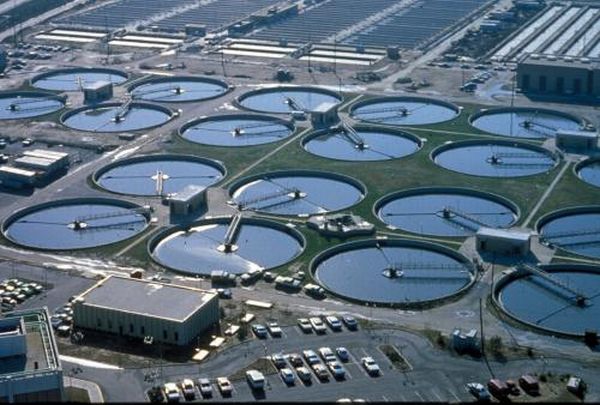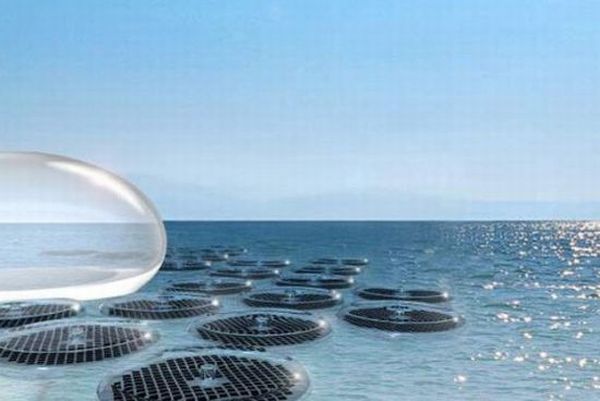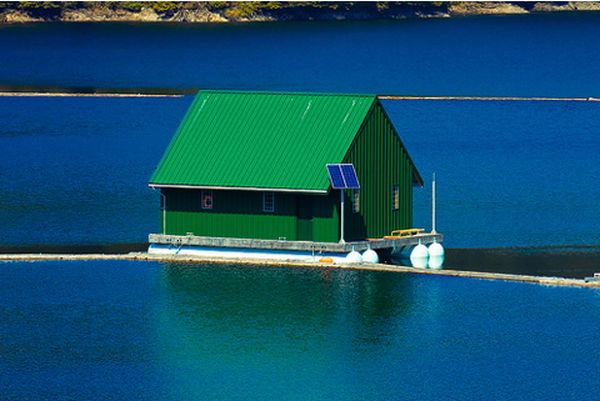
Why Now?
Global energy crisis continues as a looming threat. The world is in extensive efforts to find alternative energy sources. It is here the idea of generating clean energy from household and industry sewage sludge is gaining grip. Seeping away the sewage is harmful for both the earth and humans in several ways. Most of waste treatment plants in major cities across the world cause huge carbon footprint. The better way to get out of the disaster is to build up plants to produce renewable energy from sewage.
The trash story
Sewage-to-electricity technology or biogas is a fantastic idea. A city can set up plants for the system only spending a small portion of what the city should have to expend otherwise. If you dumb sewage in the traditional waste treatment plants, the city will become more polluted, and many health issues will be there. The city authorities can tackle all such concerns with the production of electricity from sewage using the advanced technologies and equipments for it. Moreover, a huge part of the cityâs electricity usage can be collected as a bonus.
The trash miners
1. Pilot project

One year back, U.K-based researchers introduced a pilot project to produce renewable gas from toilet, food and factory sewage. Centrica opened a plant at Didcot to recycle the sewage slurry to green energy that can satisfy a huge percent of household gas consumption.
The gold
According to the proponents of the system, waste water from a household will return to the homes in form of renewable energy in 18 days. The process of generating waste water happens quite vigorously to secure the earth both from pollution and energy crisis.
The mining process
Sewage from households, restaurants and factories will be moved via pipelines to the plant. It will be recycled there to generate renewable energy.
The glitter
National Grid says that at least 15 percent of gas required in households can be produced this way. It is a huge solace when the world is going through a critical energy scarcity.
2. Ecobot
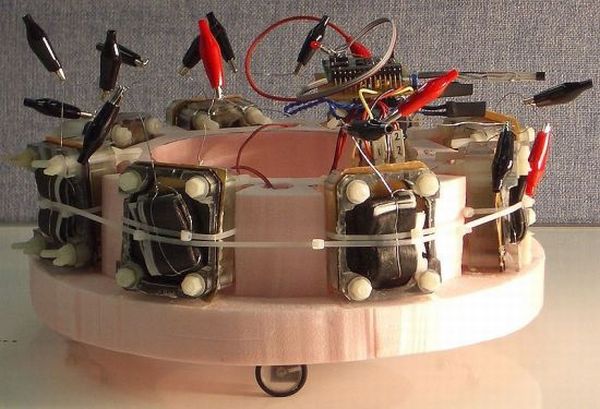
Researchers at the Bristol Robotics Laboratory, U.K have developed an autonomous robot, called Ecobot III to digest sewage. The machine can digest sewage and produce energy under some bacterial process. The robot was put on display at the Artificial Life conference in Denmark in August last year.
The gold
Ecobot is a self-sustainable robot that can dispose of the waste and produce alternative energy from sewage juice as well.
The mining process
Ecobot processes the intake by bacteria in a pile of two tires with 24 microbial fuel cells in each. The fuel cells are capable to generate hydrogen electrons that are used to produce electronic current later.
The glitter
Devouring the sewage, the robot is able to produce renewable energy. It is a great help for the earth and environment.
The gold rush
1. Bio-cell to clean sewage water
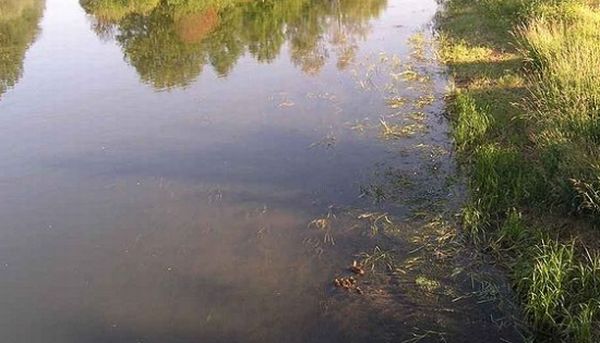
A group of engineering students at the Indian Institute of Technology (IIT) in Kharagpur have developed a bio cell, dubbed LOCUS, which can treat sewage and produce electrons. The invention helps clean the waste slurry from housing complexes in a systematic way. On its way, the cells produce energy as a bonus. The cell in LOCUS will automatically grow to millions of anaerobic bacteria that clean up the sewage and produce electrons.
2. Gasification plant
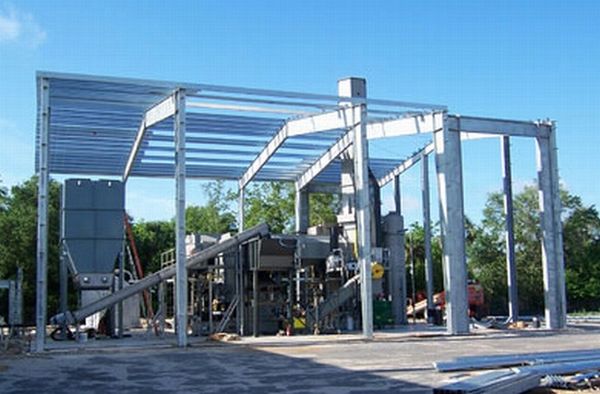
MaxWest Environment Systems has developed an innovative wastewater treatment plant in Sanford. The plant will be able to generate renewable energy from wastewater. The facility is competent enough to recycle 100,000 tons of waste that may contain a mixture of horse dung, wood and restaurant wastes, and others to produce 10.5 megawatts of electricity every year. The process of the plant takes place powered by natural gas. Besides doing away with the sludge, we get renewable energy from the plant.
3 Sewage filled Bags

NASA has proposed this algae harvesting method to generate bio fuel. The space agencyâs researchers developed a technology to use sewage filled plastic bags to harvest algae for bio fuels. The researchers fill waste in large semi-permeable, forward-osmosis membranes and put them in sea, where algae will grow eating sewage as their foodstuff. This technology will also help both get rid of the waste and produce renewable energy.


